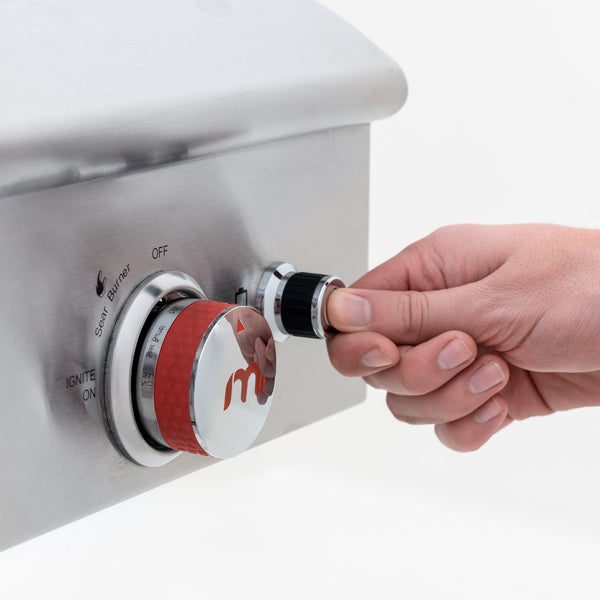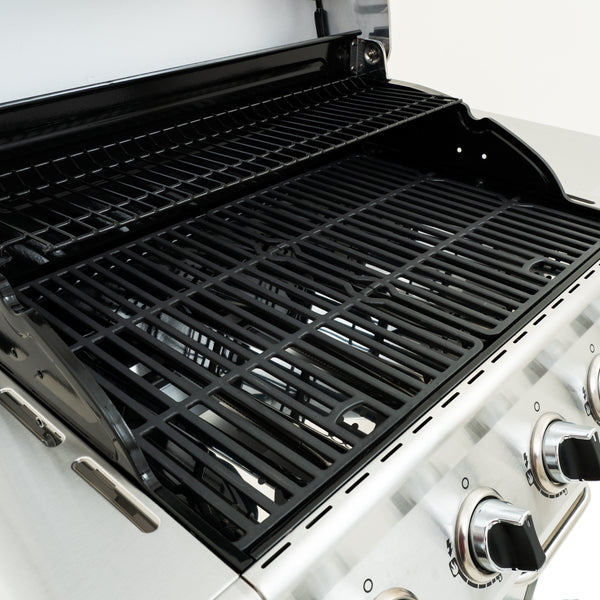GAS GRILL TROUBLESHOOTING GUIDE: HOW TO RECOGNIZE, ADJUST AND REPLACE YOUR MAIN GRILL BURNERS SO YOU CAN GET BACK TO GRILLING
The meat is marinating, the guests are on their way, and the cookout is about to kick off. But what to do when your gas grill’s main burners just won’t light or aren’t working as they should?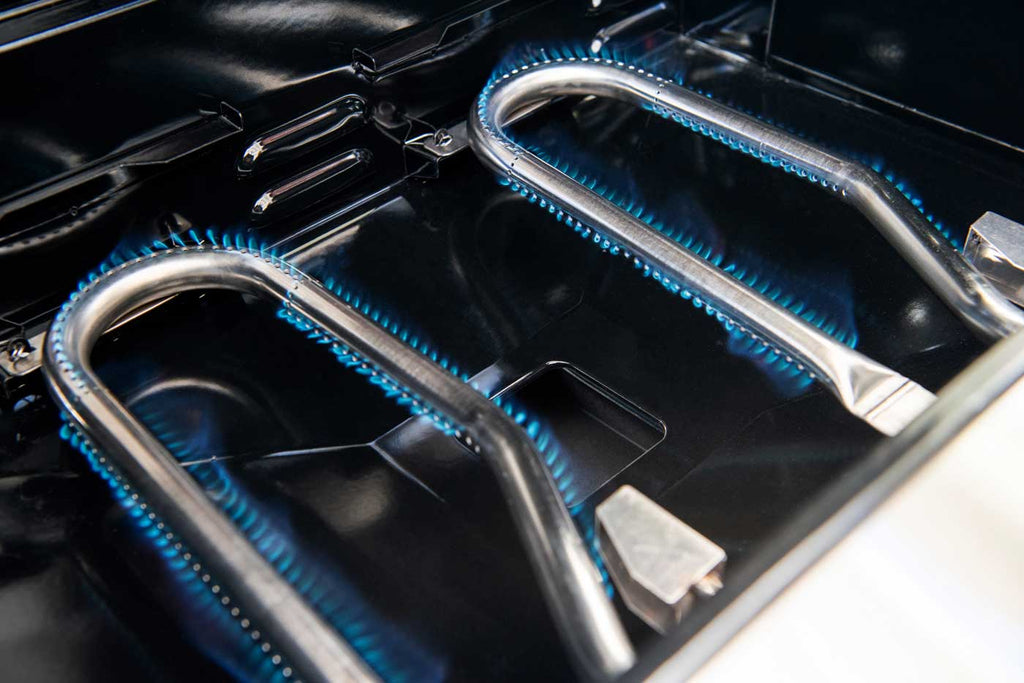
Main, side, rotisserie, or searing – your grill’s burners have various functions and come in different shapes and sizes. In this article, we’ll take a closer look at your grill’s main burners, with some handy tips and info on grill burner replacement, troubleshooting and general maintenance.
Whether your grill has stainless steel (the most common type), ceramic, cast iron or any other type of burner, it will be to your advantage to know as much as possible about these vital parts inside your gas grill.
WHAT ARE MAIN BURNERS FOR, AND WHAT DO THEY DO?
Your gas grill’s main burners are different from its side burners, searing burners, or rotisserie burners. Think of the main burners as your grill’s heartbeat – without them doing their thing underneath your grill’s cooking grates, no food will cook, and no BBQ will ever get devoured.So, what exactly do main burners do? As part of your grill’s cooking system, they are the primary heat source for grilling food. Typically lined with pin-sized holes, they deliver gas through these tiny openings to distribute heat or flames across your grill’s cooking surface from below. Your grill’s main burners bring the heat to your barbecue. No burners, no cookout – simple as that.
No matter their shape, size, or material, your grill’s burners will begin to wear down after prolonged use. Luckily, grill burner replacement is quite a straightforward process. However, proper maintenance and care will ensure that your grill’s burners have a long and healthy life.
Need to order replacement burners? Click here.
HOW TO TROUBLESHOOT A GAS GRILL WHEN ITS BURNERS AREN’T WORKING PROPERLY
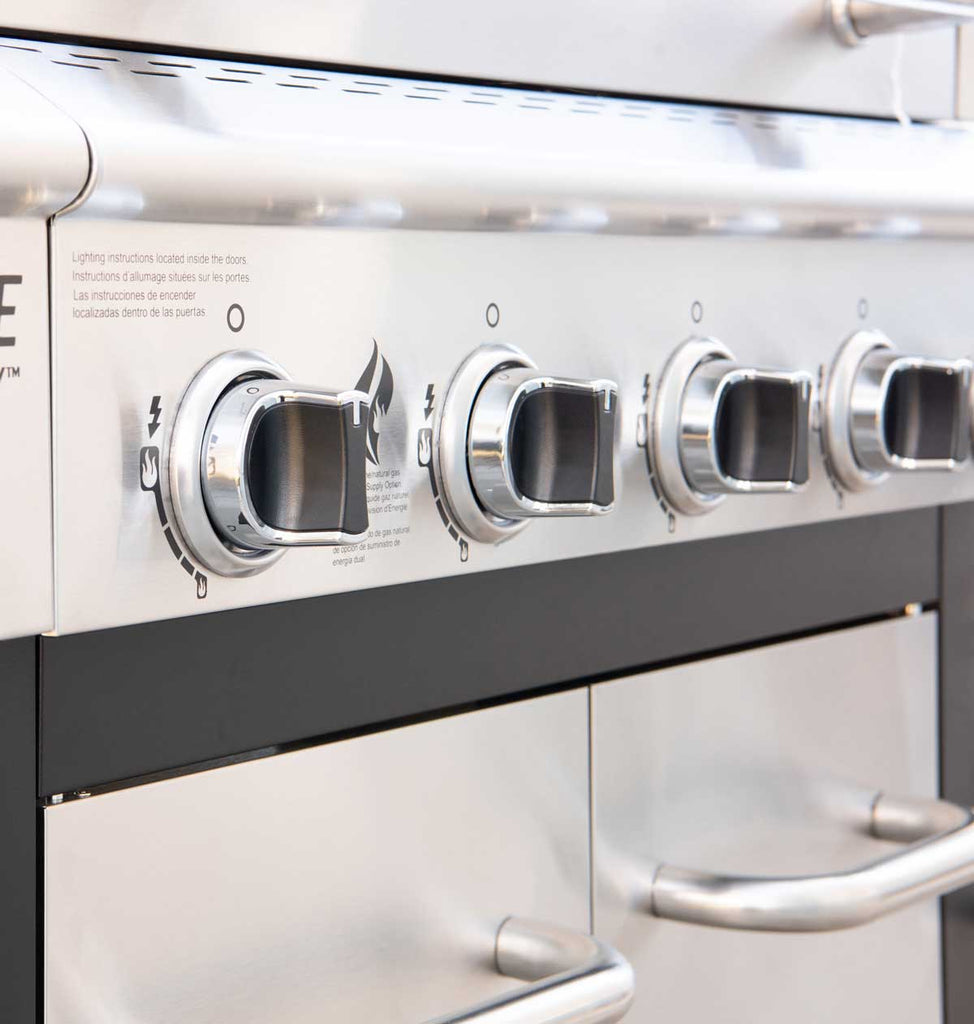
Why won’t my main burners ignite every time I use my grill? A question many grilling fanatics have asked. One common issue is a faulty igniter. If the igniter doesn’t provide that initial spark to your burners, the gas won’t ignite as usual, and it will require replacement.
WHAT TO DO WHEN YOUR GRILL’S MAIN BURNERS WON’T LIGHT
If your main burners won’t light, the first thing to test is the gas flow. Check that your burners are receiving gas by turning them on. Then carefully try to light them with the igniter (or if the igniter doesn't work, try lighting them manually with a match or long-handled lighter). If none of your burners light, the problem is most likely a lack of gas flowing through the regulator.
If the main burners are lighting manually, gas is flowing, but there might be a problem with the igniter electrode. Common grill ignition problems include dead batteries, worn-out spark modules, loose wires, debris or corrosion on the igniter tip, or a crack in the porcelain on the igniter element.

If some (but not all) main burners ignite manually, the cause of the problem could be clogged or damaged burners, a faulty igniter, or a defective gas manifold pipe.
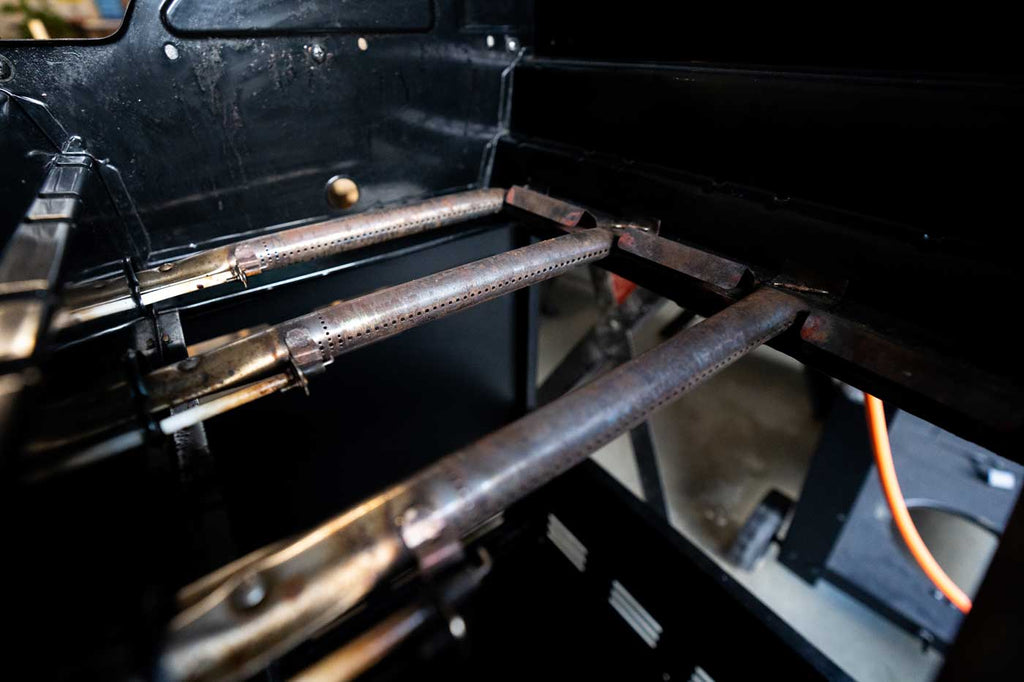
IMPORTANT: Always remember that cracked or damaged grill burners will require replacement before it is safe to use your grill again. Using your grill with damaged grill burners is dangerous, as it poses a severe fire hazard.
If your grill’s main burners don’t light, have a look at our FAQs (Burner section) for some troubleshooting tips.
WHAT MAKES YOUR GAS GRILL’S FLAMES TOO HIGH OR TOO LOW?
When a gas grill is working as it should, the flames should appear blue with a yellow tip and evenly distributed with consistent flame height along the length of the burners. Your grill should heat up quickly, and when all burners are on, the temperature should be constant across the cooking surface. However, you may run into a situation where it appears your gas grill’s flames are burning too high or too low.
If you notice the flame burning at varying heights, there may be an issue stemming from a faulty or “sticky” regulator. When a regulator sticks, it will limit the gas flow to burners, resulting in a cooking surface that is too cool to cook food.
On the other hand, oil, or fat dripping off food and onto burners cause flame flare-ups (short bursts of flames that rise above the grill grates). Flare-ups could also be the result of grease-clogged burner holes. Regularly cleaning your burners and following the maintenance instructions in your grill’s user manual should solve this problem.
RELATED: Check out this video from Nexgrill about How to Prevent Flare-ups.
IMPORTANT: Never try to put out a grease fire with water. Doing so will just cause the fire to spread. Check out this article from Nexgrill for handy tips on what to do if a flare-up turns into a grease fire.
Another common problem is uneven heating, or “hot spots” on your grill’s cooking surface. Most often, blocked burner holes are the cause of this problem. Remember to always consult your grill’s user manual for instructions on repairs, maintenance, and grill burner replacement.
PRO TIP FOR GRILL BURNER START-UP
Always open the valve on your gas grill’s propane tank first before turning on your grill’s burners. Never do this the other way around, as it could cause your grill’s regulator to stick, causing gas-flow problems. After grilling, always turn the burners off first before shutting off the gas flow.BURNER FLAMES TOO HIGH OR TOO LOW? HERE ARE SOME DIY FIXES TO TRY
If your grill is producing flames that are too low to heat the cooking surface sufficiently, you can follow the steps below to release some pressure on the “sticky” regulator and restore your grill’s normal gas flow.- Turn off the gas at your grill’s propane tank
- Disconnect the hose from your grill’s propane tank
- Open your grill’s lid
- Turn all burner valves to “High”
- Wait for 2 minutes
- Turn all burner valves to “Off”
- Reconnect your grill’s gas line to the propane tank
- Turn on the propane tank very slowly, taking at least 30 seconds to do so
- Light your grill, following the proper ignition sequence as stated in your grill’s user manual
REMOVING AND REPLACING A GAS GRILL BURNER
Your gas grill’s main burners are vital components and essential to ensuring a successful cookout. The procedure for your grill burners’ replacement will be specific to your grill model, so always refer to your user manual for detailed, step-by-step grill burner replacement instructions.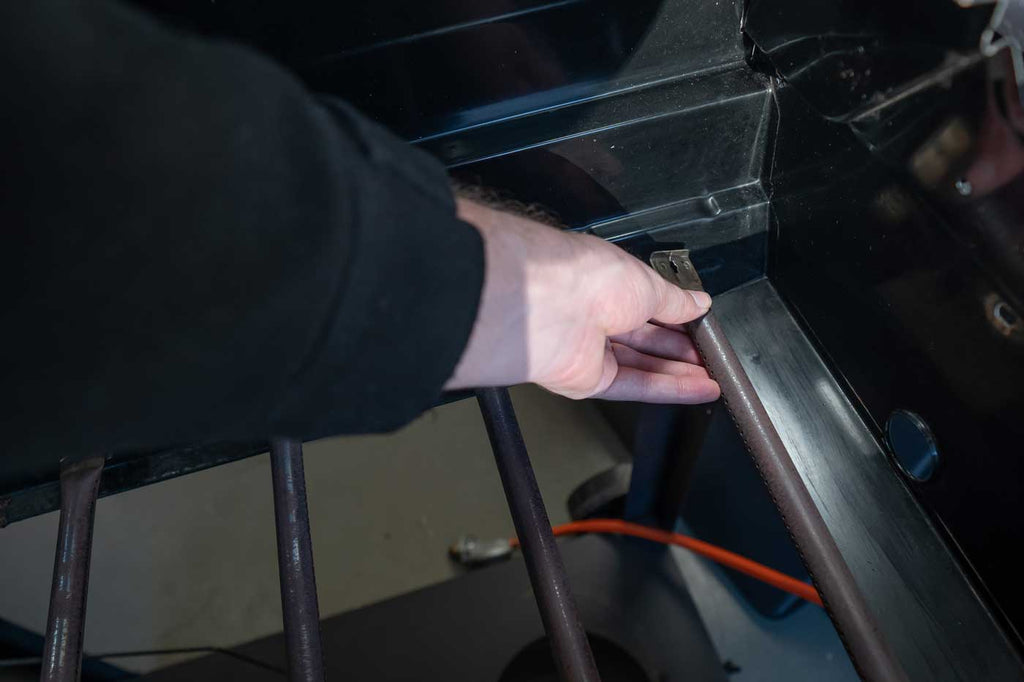
STEP-BY-STEP INSTRUCTIONS WITH PICTURES
You can also check out this helpful resource containing step-by-step instructions for gas grill burner removal and replacement. It will take you through the entire process and has pictures to show you precisely what to do at each step.HOW TO CLEAN YOUR GAS GRILL BURNERS
Dirty, grease-clogged burners pose a genuine fire hazard. Regularly cleaning your grill’s burners won’t just keep your grill looking newer for longer. It will also improve its functionality and reduce the risk of grease fires.To give your grill’s burners a thorough clean, you’ll have to remove them first. Always refer to your grill’s user manual and carefully follow the instructions for removing, cleaning, and re-inserting your grill’s burners.
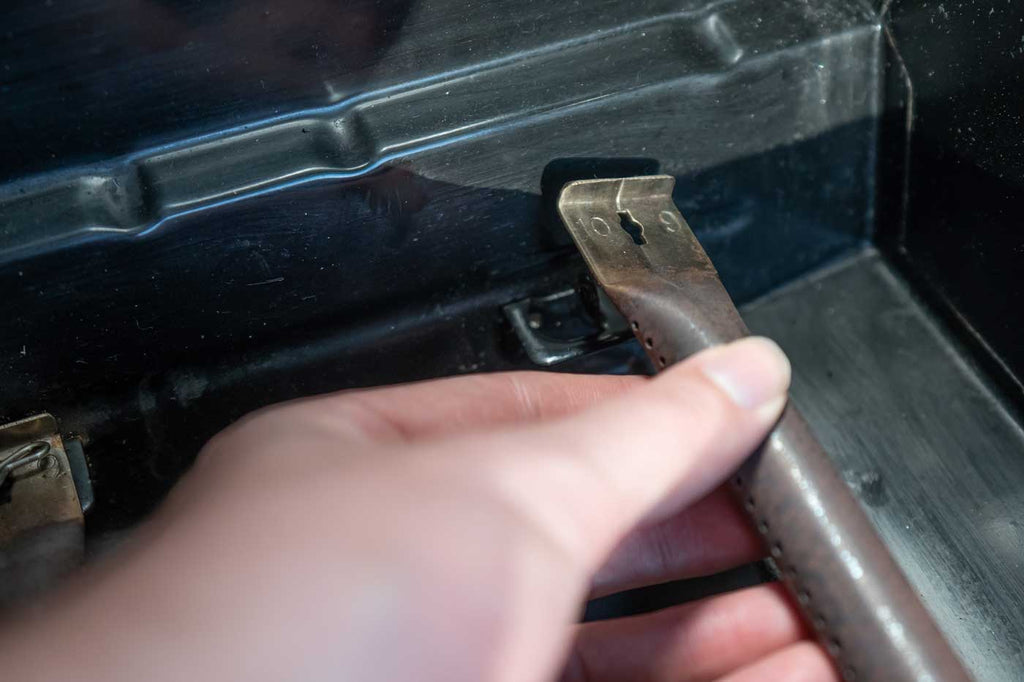
Keep in mind the material your gas grill’s burners is made of will determine how you should maintain them. Most modern grills have stainless steel burners, making their surface relatively easy to clean. However, once the surface is shiny, every single burner hole will have to be cleaned out as well. You can use a burner cleaning rod or small-diameter bottle brush for this task.
If your grill has cast iron burners, you should take extra care when handling them during cleaning. Cast iron burners are heavy and much more fragile than you might think, and if bumped or dropped, they can easily break.
If you ever do run into cracked grill burners, they will require replacement. Operating your grill with a cracked, leaking burner is a safety hazard and something you should avoid at all costs.
Order reliable replacement gas grill burners here.
THE BEST WAY TO STORE YOUR GAS GRILL WHEN IT’S NOT IN USE
Summer’s the time to grill your heart out, but what should you do with your grill during the colder months? Storage instructions might vary from model to model, so please check your grill’s user manual for any storage recommendations as well.Here are some tips for storing your gas grill safely during winter. Ensure that your burners remain in tip-top shape so that when summer arrives, you’re ready to get back to grilling!
- Before storing your grill away for winter, clean it thoroughly. You will help to prevent rust and mold from accumulating.
- Fire up your grill on high heat for about 15 minutes before you start cleaning. You will burn off leftover food and excess grime, making it much easier to clean.
- Use a wire brush to clean the inside of your barbeque once it has cooled down to a warm (rather than hot) temperature. Once your grill has cooled, clean it with a mixture of dishwashing soap and water. Rinse it well with water to remove any soapy residue, then dry your grill completely with a soft cloth or towel.
- To clean the outside of your grill, dishwashing soap and water will do the job. If your grill has a metal exterior, you can buff it with a dry cloth to give it a shine. If your grill exterior is stainless steel, you can also use a simple stainless-steel cleaner.
- Once clean, it is essential that you cover your grill with a grill cover before storing it away. The cost of a decent grill cover could save you from having to replace your entire grill in a year or two. You can choose between a generic grill cover or one specific to your grill model, but whatever you do, don’t leave it uncovered.
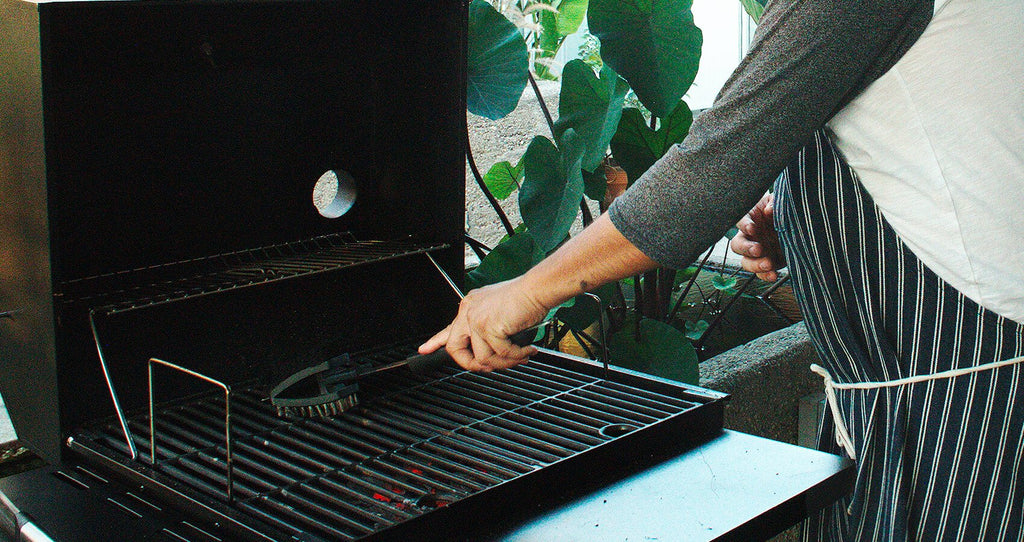
NOW, GET BACK TO GRILLING…
We hope this article provided you with helpful information about your grill, its main burners, grill burner replacement and general grill maintenance.Need to order replacement burners? Click here.
Need further info on fixes for common gas grill problems? Check out theFAQ section on our website.
Happy grilling!

